Have you ever wondered why your home doesn’t feel as fresh as you would like, even after a full day of cleaning?
You may think you’re being thorough, but some things can get missed unless you know what to look for.
There are several key areas that professional cleaners target that most people may overlook.
… and they can make a huge difference in the cleanliness of your space!
So today, we are going to be learning from the professionals.
Heads up: I sometimes use affiliate links. When you click these links and make a purchase, I may get a small commission. It won’t cost you anything but it helps me to run this site.
1. Baseboards
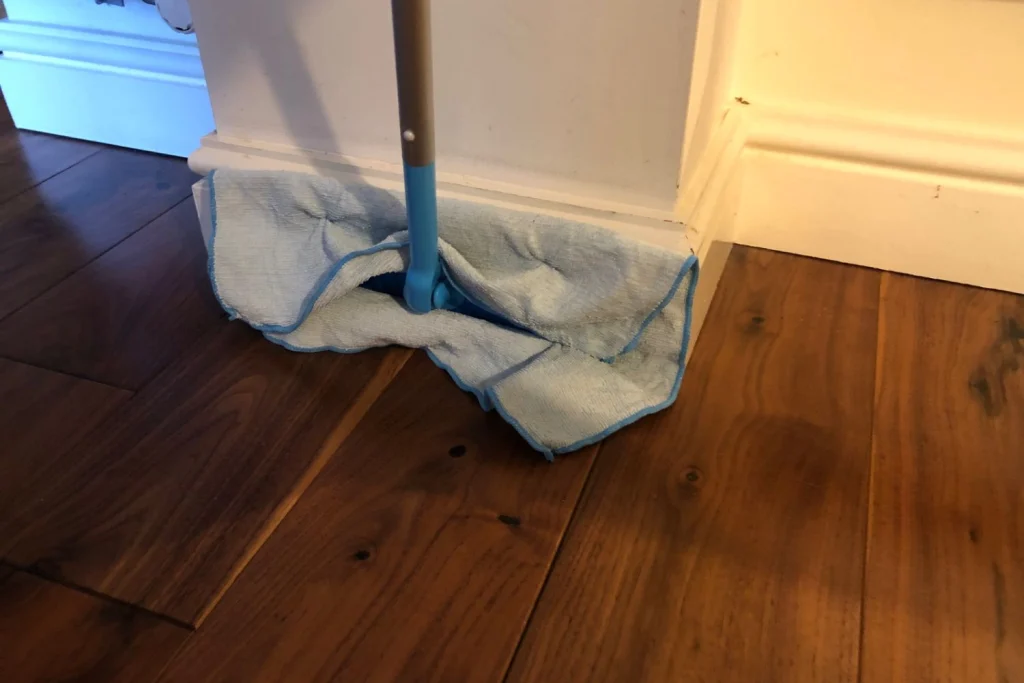
Baseboards and trim catch more dust and dirt than you might think.
Over time, they can look dingy, especially in high-traffic areas or homes with pets.
Professionals don’t skip these.
They wipe down the ledges and grooves, getting rid of dust, smudges, and pet hair.
Start with a dry microfiber cloth to pick up the dust, and then follow with a damp cloth to remove marks and sticky spots.
High traffic areas like hallways are usually the dirtiest, so tackle those first for the most impact.
Baseboard can be difficult to get to if you don’t want to bend down or can’t. Here’s some tips for cleaning baseboards without bending down.
2. Ceiling Fans and Light Fixtures
Ceiling fans and light fixtures trap dust, dead bugs, and even sticky grease in kitchens.
If you don’t clean these, the next time you turn on a fan, dust might scatter throughout the room and all your hard work goes to waste!
A soft microfiber cloth will remove layered dust without scratching glass or metal. Follow with a damp cloth.
Be sure lights are off and cool before wiping.
3. Behind Major Appliances
The spaces behind your fridge, stove, or washing machine are often ignored.
These spots can collect crumbs, dust, pet hair, and even mold if moisture builds up.
Professionals always move appliances during a deep clean to reach these areas.
When you pull out a fridge or stove, you might find dropped food or lost utensils.
Cleaning behind appliances and helps prevent bad smells and keeps bugs away.
Use a vacuum and mild cleaner to clear debris and wipe up spills.
4. Vents & Air Return Grilles
Dust and debris build up quickly in these areas, which can lead to poor air quality, aggravate allergies, and spread unpleasant odors.
Dirty vents also force your HVAC system to work harder, wasting energy and potentially shortening its lifespan.
Regular cleaning keeps your air fresh, your system efficient, and your home feeling truly clean.
5. Behind Toilets & Bathroom Fixtures
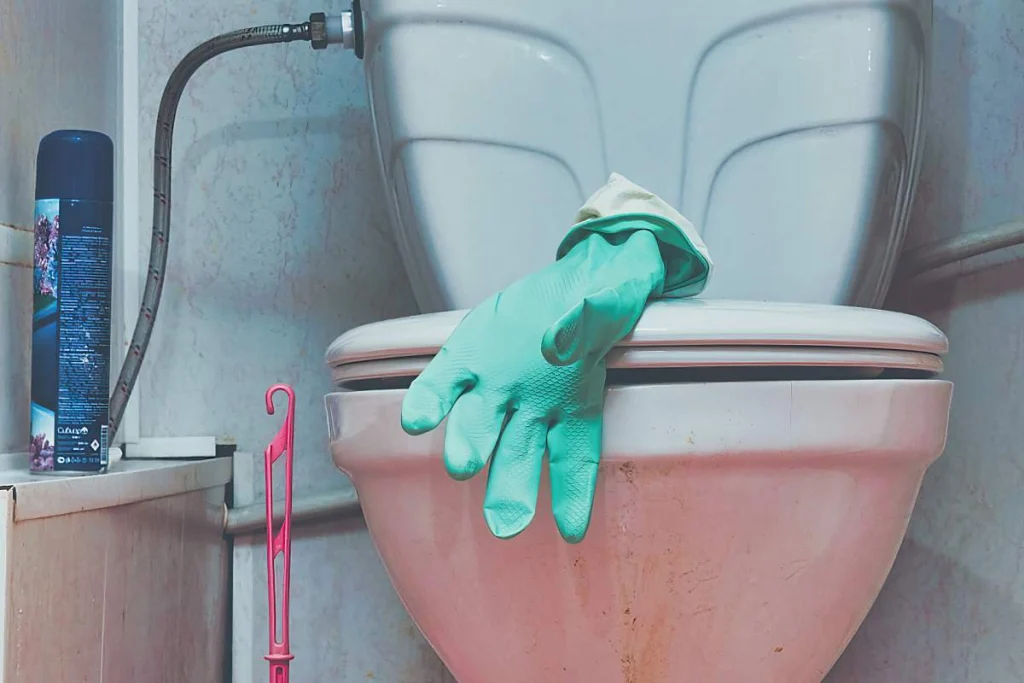
The area behind toilets and around bathroom fixtures is easy to overlook, but it collects dust, hair, and moisture that can quickly lead to grime, odors, and even mold or bacteria growth.
Neglecting these spots can make your bathroom smell and look less clean, even if the rest is spotless.
Can’t get motivated?
#10 works every time I use it!
6. Trash Cans (Inside & Out)
Even with liners, trash cans can develop sticky residue, stains, and lingering odors from spills and leaks.
Bacteria and mold can quickly grow inside and outside the can, leading to unpleasant smells and potential health risks.
Regularly washing and disinfecting your trash cans helps prevent bad odors, keeps pests away, and ensures your home stays hygienic and fresh.
7. Inside the Microwave, Oven, and Dishwasher Seals
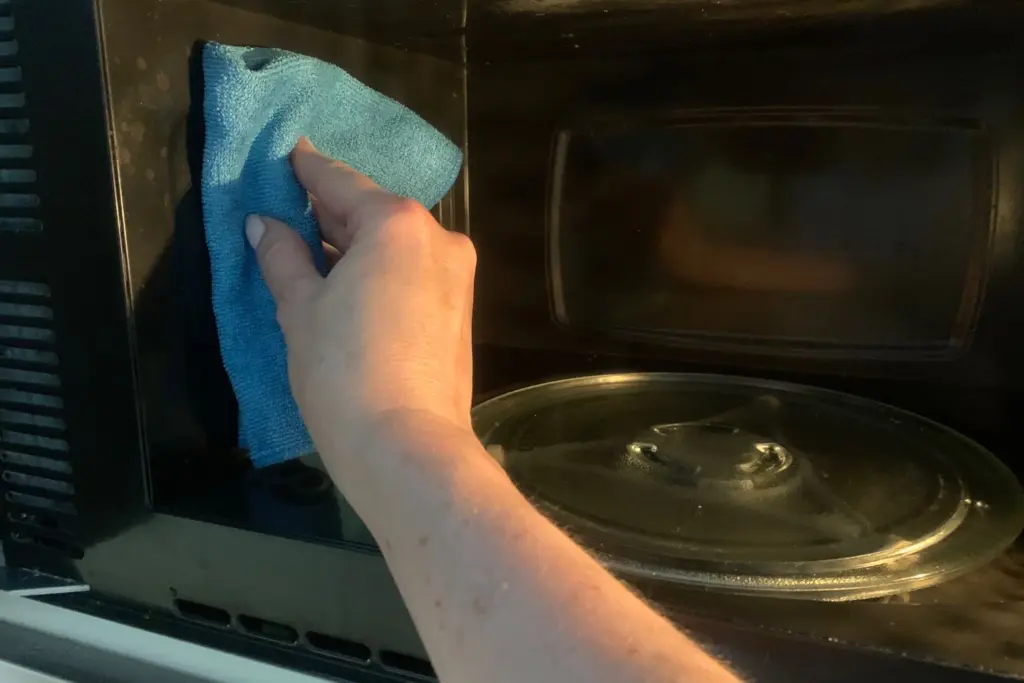
The rubber seals around your microwave, oven, and dishwasher often trap crumbs, grease, and moisture.
If neglected, these areas can harbor mold, bacteria, and unpleasant odors, which may affect the cleanliness of your appliances and even the taste of your food.
Regularly wiping down these seals helps prevent buildup, keeps your kitchen smelling fresh, and ensures your appliances work efficiently and safely.
8. Pet Areas (Beds, Bowls, Toys)
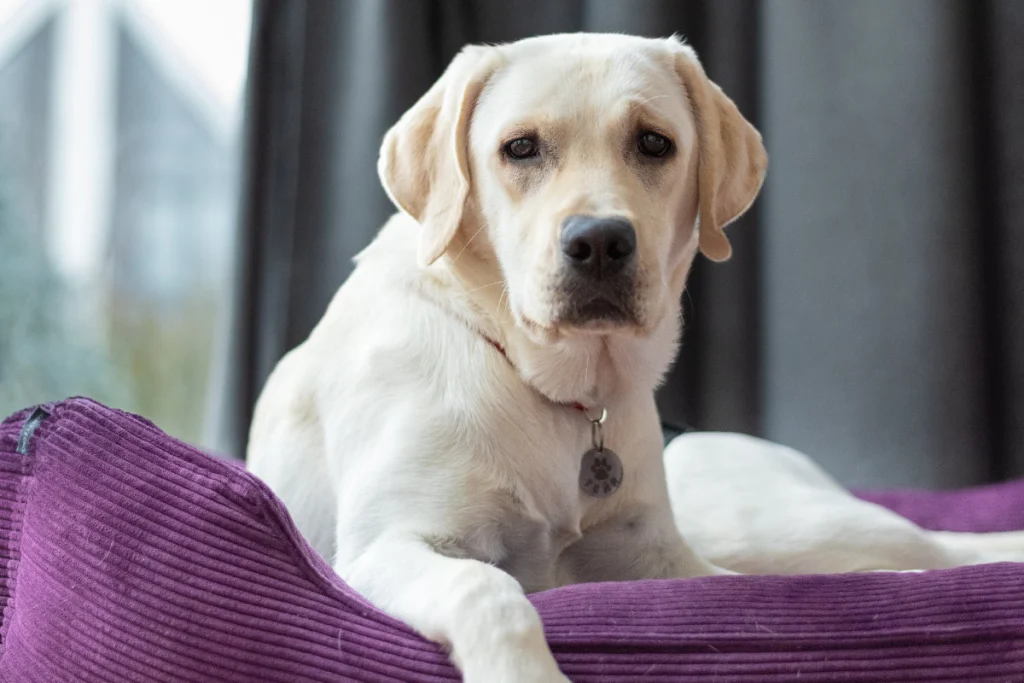
Pet beds, bowls, and toys can quickly collect fur, dirt, bacteria, and even pests.
If not cleaned regularly, these items can develop odors, contribute to poor hygiene, and potentially make your pets or family sick.
Washing pet beds, disinfecting bowls, and cleaning toys keeps your home smelling fresh and helps ensure a healthier environment for both your pets and your household.
9. Disinfecting High-Touch Points
High-touch points get dirty fast and often carry a lot of germs.
These include doorknobs, light switches, remote controls, and refrigerator handles.
A quick wipe with a regular cleaner doesn’t always do the job.
Professionals spray or wipe these areas and let the disinfectant sit for the time listed on the label.
This helps ensure that germs are actually killed, not just moved around.
You should also clean items you grab often, like your cell phone, keys, and computer mouse.
10. The Vacuum
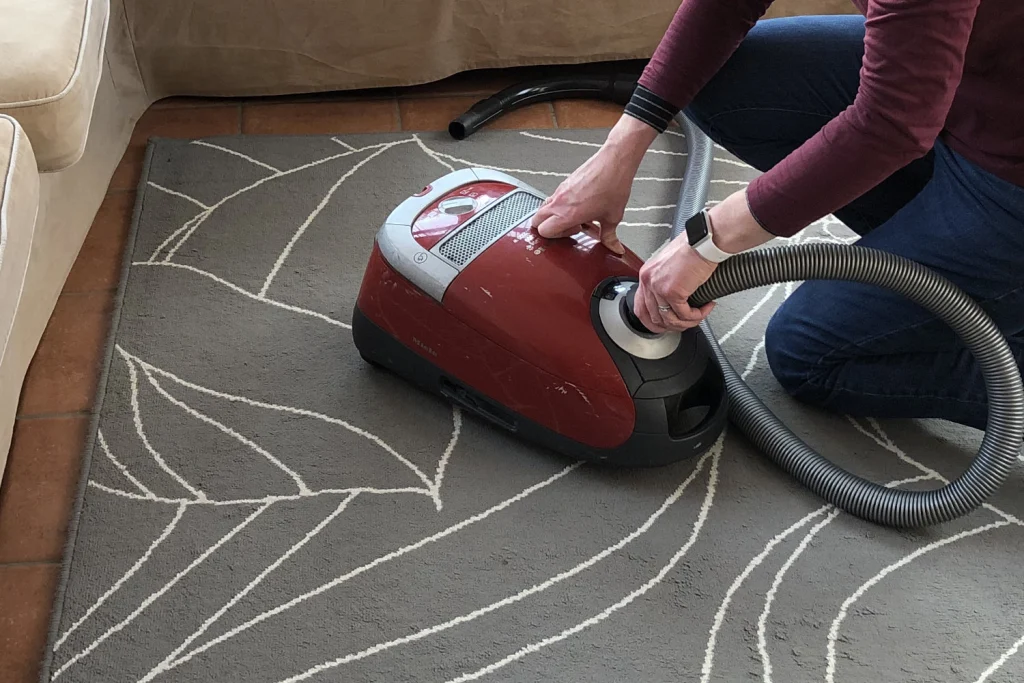
And finally, probably your most used cleaning item (especially if you have pets). The vacuum cleaner.
Professionals make sure their vacuum is always in tip-top condition. A clogged filter won’t pick up debris very well, and it won’t filter out the dust from the air as it was designed to do. Dust can get redistributed around the room and your previous dusting efforts will have been worthless!
I have a fantastic post on how to properly clean and maintain your vacuum cleaner.
